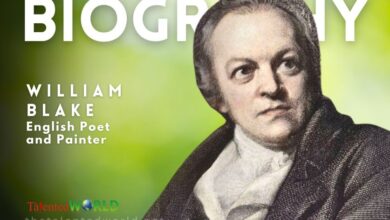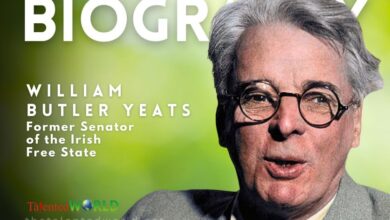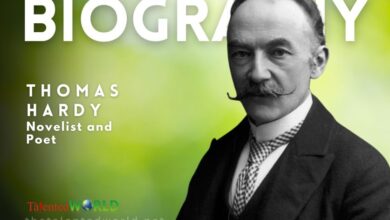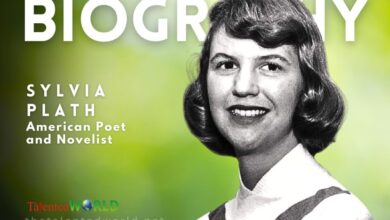| Full Name | Saadat Hasan Manto |
| Native Name | سعادت حسن منٹو |
| Birth Date | May 11, 1912 |
| Birthplace | Samrala, Punjab, British India (now in India) |
| Death Date | January 18, 1955 |
| Place of Death | Lahore, Punjab, Dominion of Pakistan (now Pakistan) |
| Resting Place | Miani Sahib Graveyard, Lahore, Pakistan |
| Occupation | Novelist, playwright, essayist, screenwriter, short story writer |
| Nationality | Indian (1912–1948), Pakistani (1948–1955) |
| Years Active | 1933-1955 |
| Notable Works | Toba Tek Singh, Thanda Gosht, Bu, Khol Do, Kaali Shalwar, Hattak |
| Notable Awards | Nishan-e-Imtiaz Award (Order of Excellence) in 2012 (posthumous) |
| Spouse | Safia Manto |
| Children | Nighat Manto, Nusrat Manto, Nuzhat Manto |
| Notable Relatives | Saifuddin Kichlu, Masood Parvez, Abid Hassan Minto, Ayesha Jalal |
| Language | Urdu |
| Notable Trials | Tried for obscenity six times: thrice before 1947 in British India, and thrice after independence in 1947 in Pakistan, but was never convicted |
| Notable Films | Biographical films: “Manto” (2015, directed by Sarmad Khoosat) and “Manto” (2018, directed by Nandita Das) |
| Early Life | Born into a Muslim family of barristers in the Punjab region of British India, proud of his Kashmiri roots, Manto showed literary talent from a young age. |





